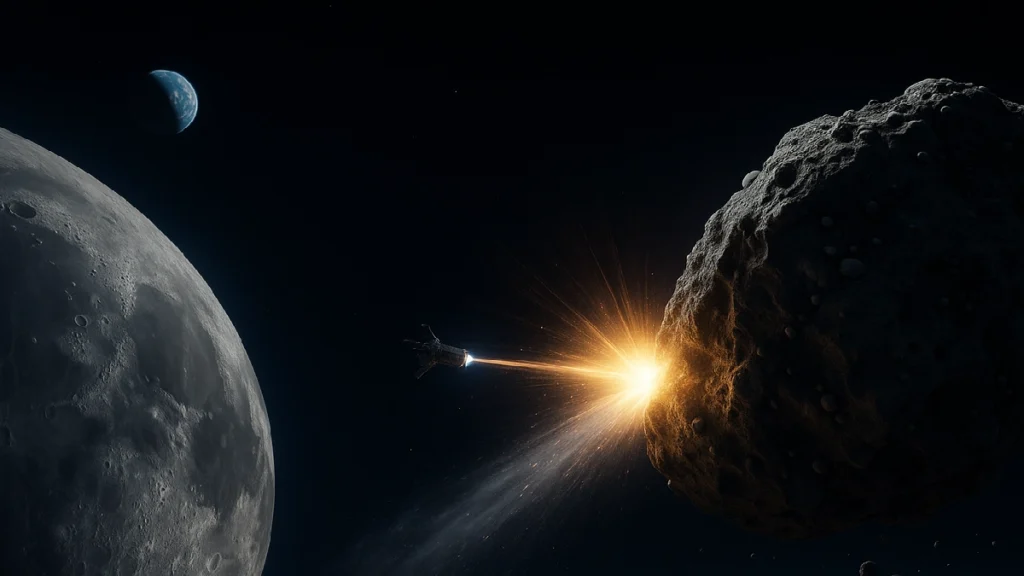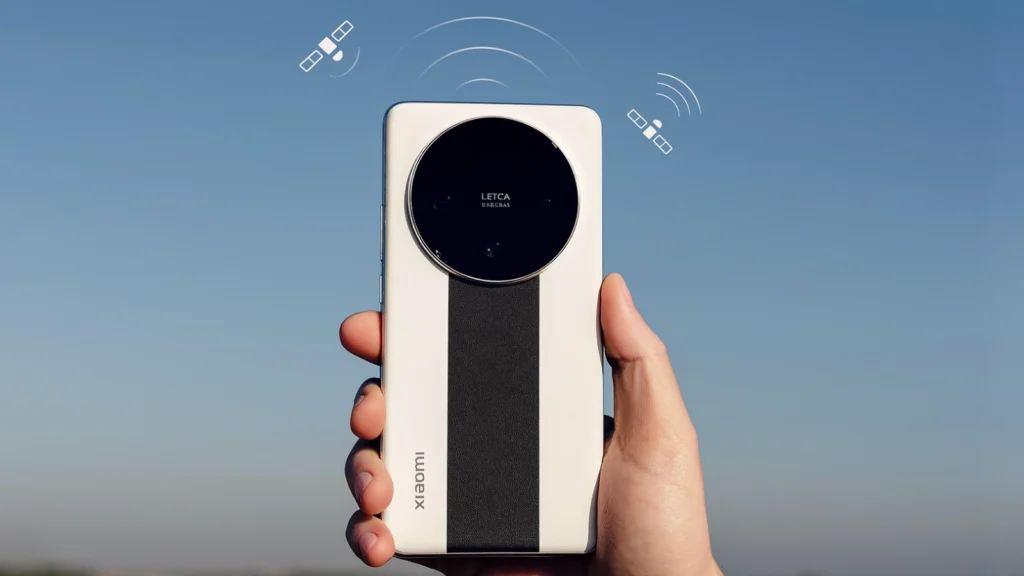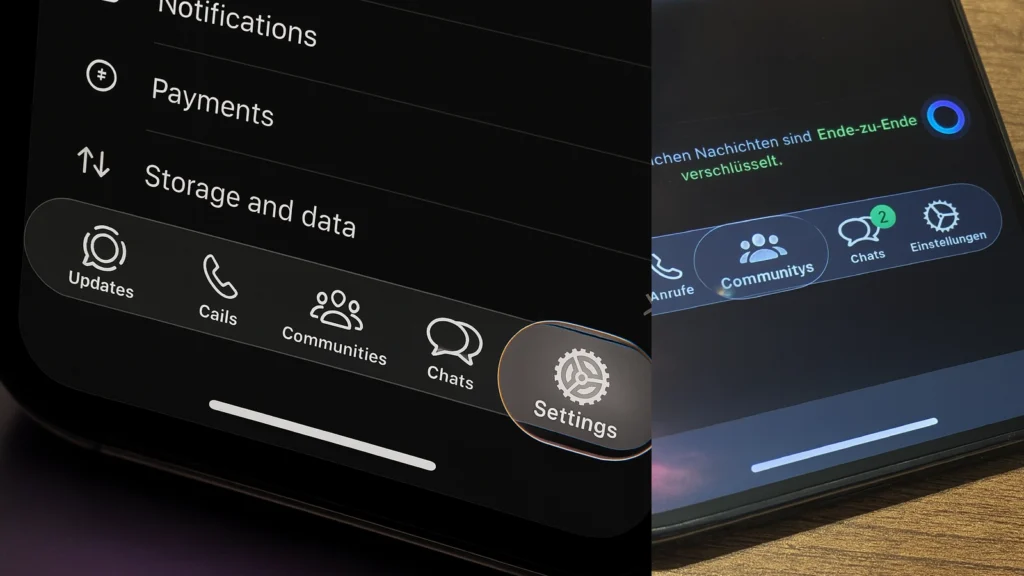Some researchers argue that using a nuclear device to disrupt a Moon-bound asteroid could be the most robust way to reduce broader orbital hazards, but that does not imply a simple green light or turnkey mission. The physics case strengthens under tight timelines and uncertainty, while the legal path, governance precedent, and debris-control demands make this the “best of bad options,” not a universal solution.
What’s Actually New
Recent analyses argue that, in a specific Moon-impact scenario, disruption may outperform precision deflection because mass and structure uncertainties increase the odds of under- or over-correction. The reframed risk is not merely a lunar crater but a potential micrometeoroid surge that could imperil satellites and human missions across cislunar space.
Why “Nuke It” Is on the Table
Nuclear standoff techniques provide extreme energy density, enabling substantial momentum change or controlled fragmentation when warning time is short. Over the past decade, modeling advances have improved confidence in radiation coupling, plume thrust, and disruption dynamics for larger or poorly characterized bodies.
Limits of Kinetic-Only Playbooks
Kinetic impactors demonstrated precision targeting and momentum transfer, but scaling to uncertain-mass targets on compressed schedules risks missing the optimal delta-v. Without early reconnaissance to resolve mass, porosity, and cohesion, a late-stage “precision nudge” can become a high-variance bet.
Legal and Policy Minefields
Any nuclear use in space intersects with longstanding treaties and test-ban norms, even for planetary defense. A peaceful, non-terrestrial detonation would require unprecedented transparency, multilateral oversight, and verification to avoid precedent creep and dual-use mistrust.
Operational Risks and Second-Order Effects
- Fragmentation control: Rubble-pile structures and unknown composition can yield non-linear outcomes, complicating efforts to pulverize below hazardous sizes.
- Cislunar debris outcomes: Success must be defined by reducing micrometeoroid flux across orbits used by satellites and crews, not just averting a lunar crater.
- Tight windows: Designing, authorizing, building, integrating, and launching a high-consequence mission—likely with redundancy—compresses already narrow timelines.
The Contrarian View: “Best” Is Conditional
- Contingent superiority: Nuclear disruption excels under specific constraints—limited time, high uncertainty, and system-level debris risk—but altered assumptions can re-favor kinetic or gravity-based options.
- Law may bind more than physics: Capability is outpacing governance; acting without a planetary-defense framework risks damaging space norms and trust.
- Epistemic gaps: Kinetic methods proved out on a small, well-studied target; nuclear models are sophisticated but unvalidated in space. Both paths carry untested assumptions at operational scale.
What a Prudent Plan Looks Like
- Parallel tracks: Mature both high-energy disruption and high-precision deflection to flight-ready status, including dual-launch architectures and autonomous guidance.
- Recon first: If feasible, field rapid reconnaissance to lock down mass, porosity, and structure, enabling a late pivot toward precision if uncertainty narrows.
- Governance framework: Establish a multilateral, treaty-consistent regime to pre-authorize narrowly scoped, verifiable planetary-defense devices for non-terrestrial use.
- Debris-centric metrics: Define success by reduced micrometeoroid flux across cislunar and LEO regimes and require independent model convergence before authorization.
Bottom Line
“NASA considering nuclear weapons” is a headline; the substance is a scenario-bounded risk trade in which nuclear disruption may minimize system-wide harm under severe uncertainty and time pressure. The wise approach is to prepare multiple credible options while building governance so the most forceful tool is used only when it is truly the least bad choice.
Last Updated on September 22, 2025 by Lucy




